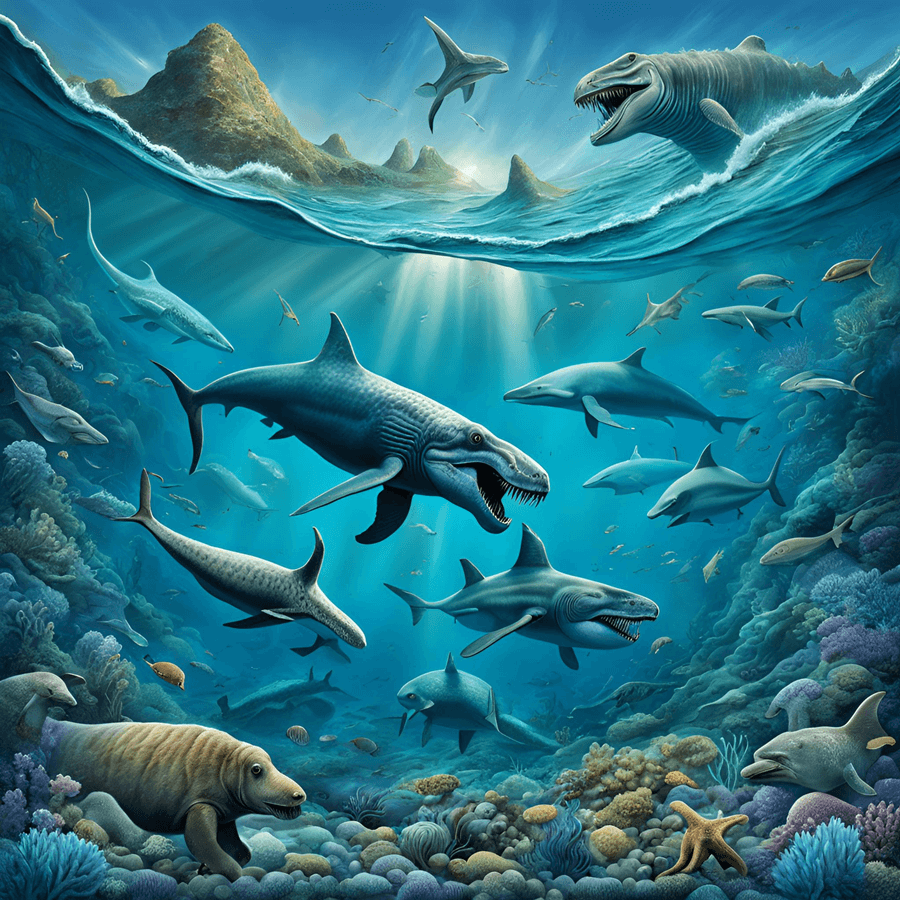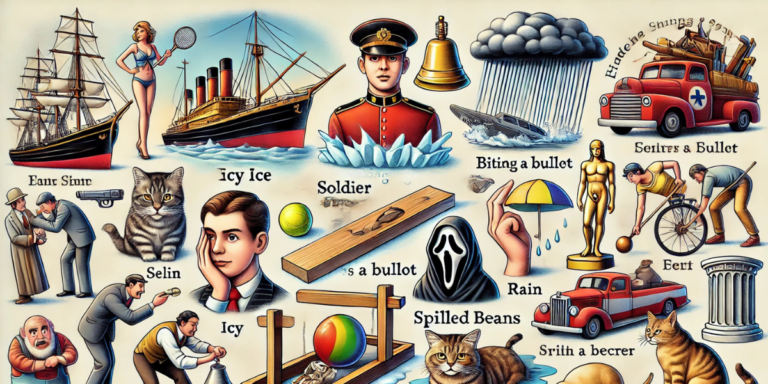Megalodon, Liopleurodon, and MosasaurusThe Era of Ancient Sea Monsters:
Before humans set foot on Earth, gigantic creatures roamed both land and sea. Ancient seas were filled with massive, terrifying marine predators. Compared to today’s fearsome ocean dwellers, Megalodon, Liopleurodon, and Mosasaurus were much larger and more dangerous. Their aggressive behavior was so extreme that we could rightfully call them sea monsters.
Megalodon: The Apex Predator of the Prehistoric Seas
Today, the great white shark is the most aggressive predator in the ocean. At 20 feet in length, coming across one is enough to terrify anyone. Now, imagine a shark three times larger, significantly heavier, and far more ferocious. This prehistoric terrifying monster was called the Megalodon. It roamed the Earth’s oceans between 20 million and 3 million years ago. The strength of its bite was nearly 40,000 pounds.
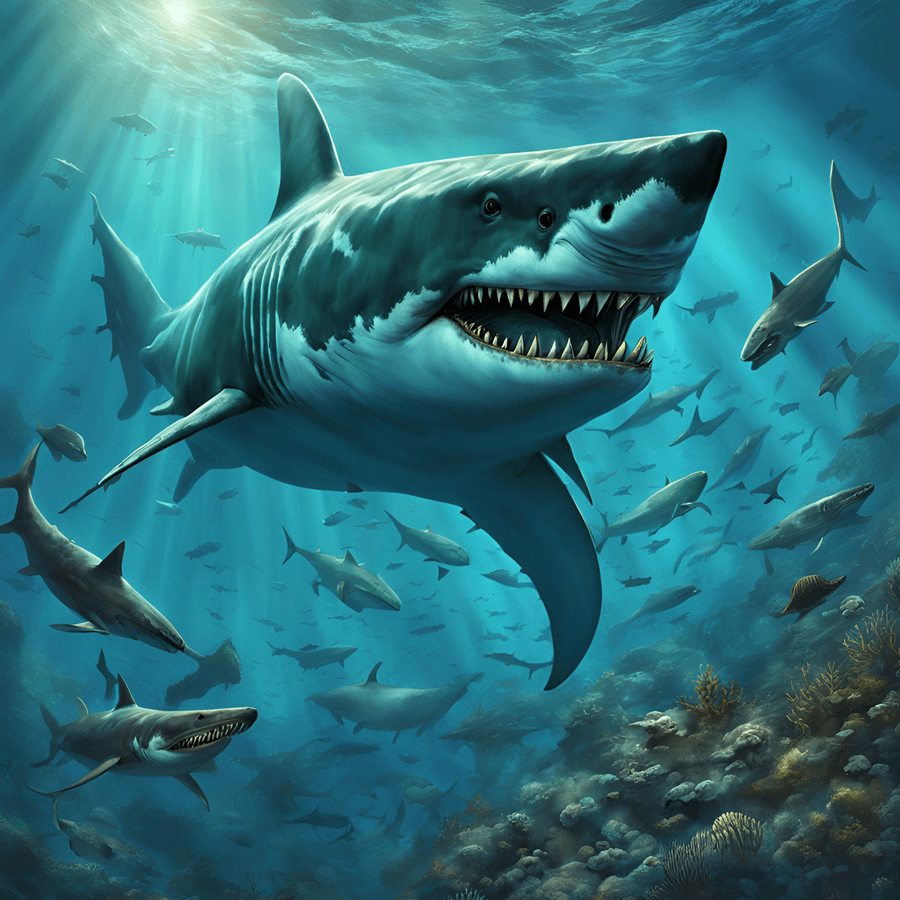
Megalodons inhabited seas worldwide, and their fossils have been found in Europe, Africa, America, and Australia. They primarily hunted whales and dolphins, though they sometimes preyed on other sharks as well. They had 270 teeth, each up to 7 inches long or more in their jaws.
Suddenly, Earth’s climate began to change rapidly, significantly affecting marine life. As ocean temperatures dropped, the warm and cozy locations where baby Megalodons thrived no longer existed. Around the same time, a new species of shark began to appear—the great white shark. Since their diets overlapped, Megalodon’s prey began to decrease. These factors likely contributed to the extinction of the mighty Megalodon, one of the most frightening marine monsters ever to have lived.
Liopleurodon: Jurassic Period’s Swift and Powerful Hunter
During the Jurassic period, a gigantic sea monster ruled the oceans. This sea reptile, called Liopleurodon, lived around 166 to 155 million years ago. Finding out its exact length from the discovered fossils is really challenging as there isn’t any conclusive evidence. However, scientists believe a Liopleurodon could have been anywhere between 20 to 40 feet long, weighing between 2,000 to 3,700 pounds.
Liopleurodon had four powerful flippers, allowing it to swim at great speeds. Research shows that it had an acute sense of smell, which it used to analyze its surroundings and quickly ambush prey. In 1873, Henry Émile Sauvage discovered three smooth-sided fossil teeth of a Liopleurodon near Boulogne-sur-Mer in France. These teeth were about 3 inches long. Besides France, Paleontologists have found Liopleurodon fossils in England, Russia, and Germany.
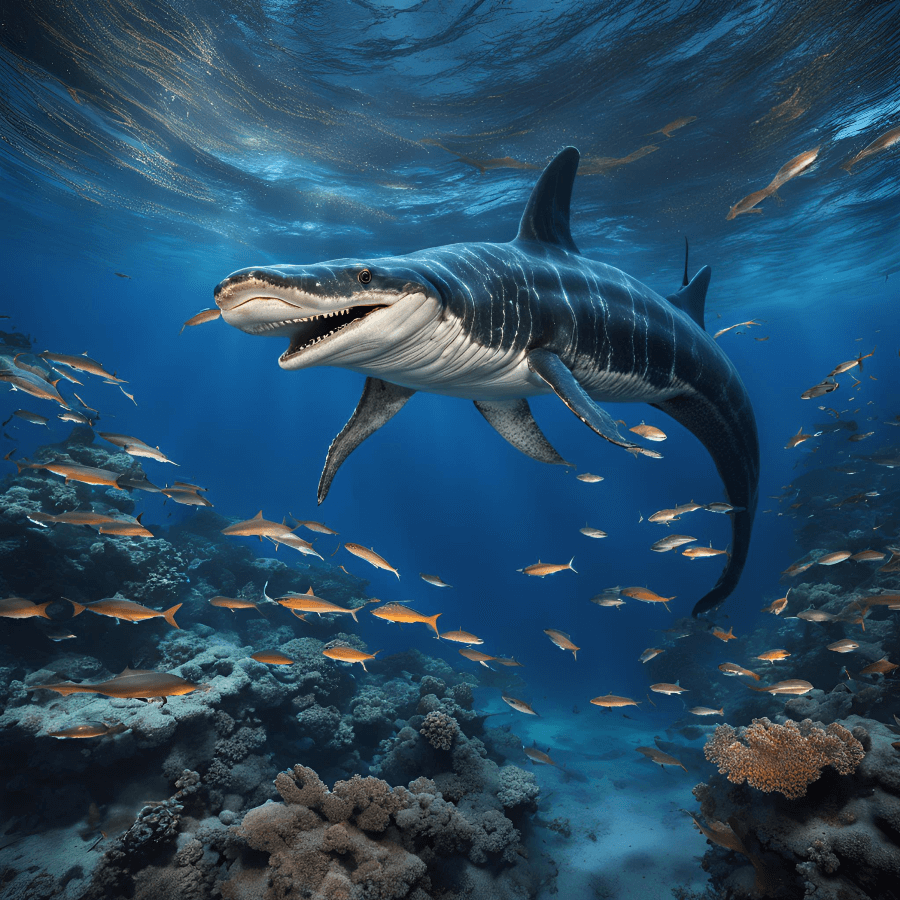
For millions of years, Liopleurodon was the apex predator in its environment, hunting large fish, squid, and other marine reptiles. While the exact cause of its extinction remains unknown, scientists speculate several factors may have contributed. Changes in the climate led to significant shifts in the marine ecosystem, while other marine predators began to thrive, and Liopleurodon’s prey became scarcer. Eventually, this mighty sea monster disappeared from the Earth.
Mosasaurus: The Dominant Reptile of the Cretaceous Oceans
Among the monsters that ruled the Earth between 82 and 66 million years ago was the Mosasaurus. This marine reptile was one of the largest predators during the late Cretaceous period, swimming through oceans all over the world. The massive carnivore could grow up to 60 feet long and weigh more than 2,200 pounds.
Mosasaurus had a powerful tail, two front flippers, and two back flippers. Its enormous jaws contained 40 to 50 large teeth. It lived in warm, coastal areas and hunted throughout the ocean depths. The first fossil of a Mosasaurus was discovered in the Netherlands in 1764. Fossils have also been found in North America, South America, Africa, Europe, Asia, and Antarctica. Scientists believe that during the Cretaceous period, Mosasaurus was the top predator of the seas, preying on large fish, sharks, other marine reptiles, and even smaller Mosasauruses.
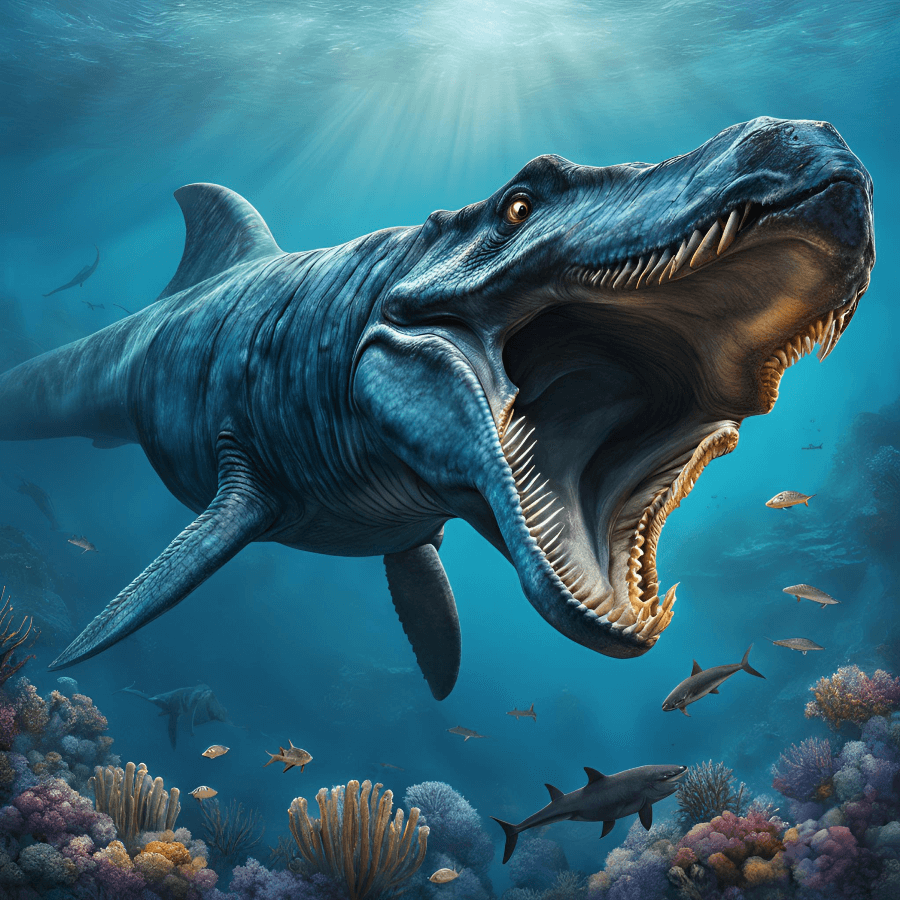
Scientists believe that about 66 million years ago, a meteor strike caused massive environmental changes on Earth, leading to the mass extinction of many species, including the dinosaurs. During this catastrophic event, the Mosasaurus also vanished from Earth’s oceans.
The Legacy of Earth’s Ancient Ocean Rulers: Megalodon, Liopleurodon, and Mosasaurus
In conclusion, we can say that the Megalodon, Liopleurodon, and Mosasaurus were the largest creatures ever that induced terror in the oceans. Reviewing the stories of these prehistoric monsters makes it evident that any species failing to adapt to natural changes may face extinction. Due to environmental changes, the biodiversity of our planet is still at risk. Therefore, learning from these past stories, we should be more conscientious in protecting the environment and biodiversity.
Curious about the strange and incredible ways animals adapt to survive? Dive into our latest post, ‘Nature’s Most Bizarre Animal Adaptations That Will Blow Your Mind,’ and discover the amazing survival strategies that will leave you in awe. Don’t miss out—explore the wonders of nature now!

